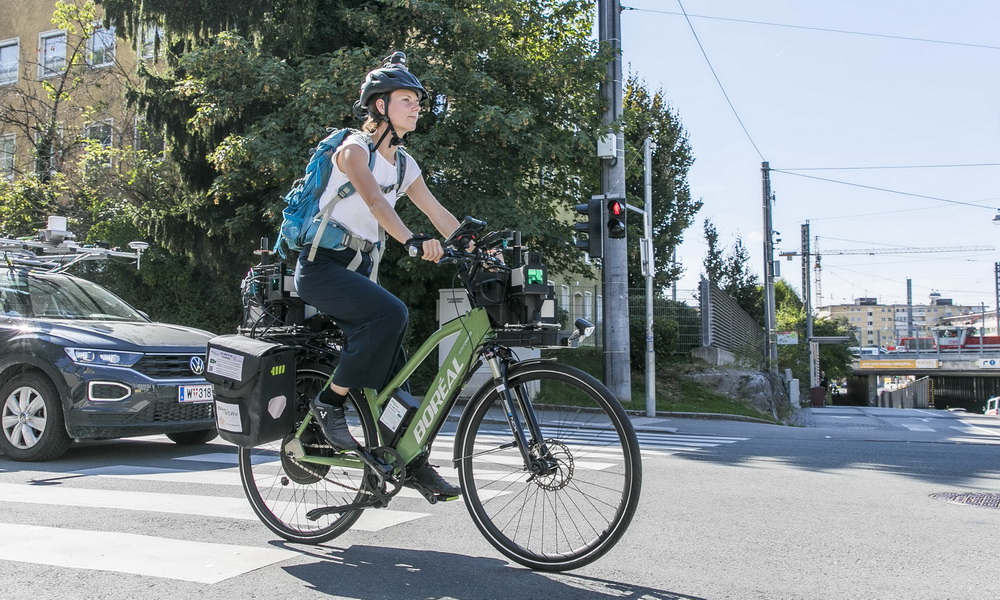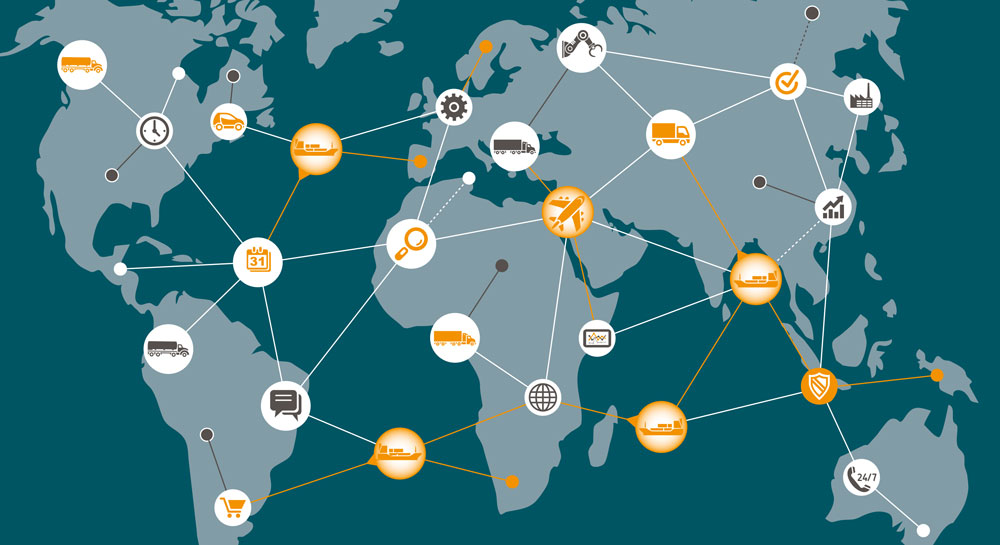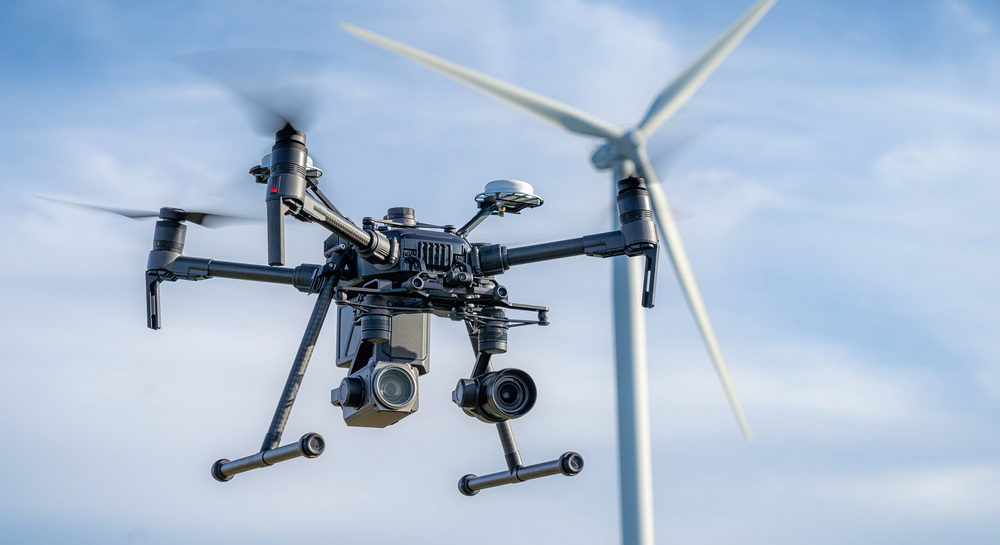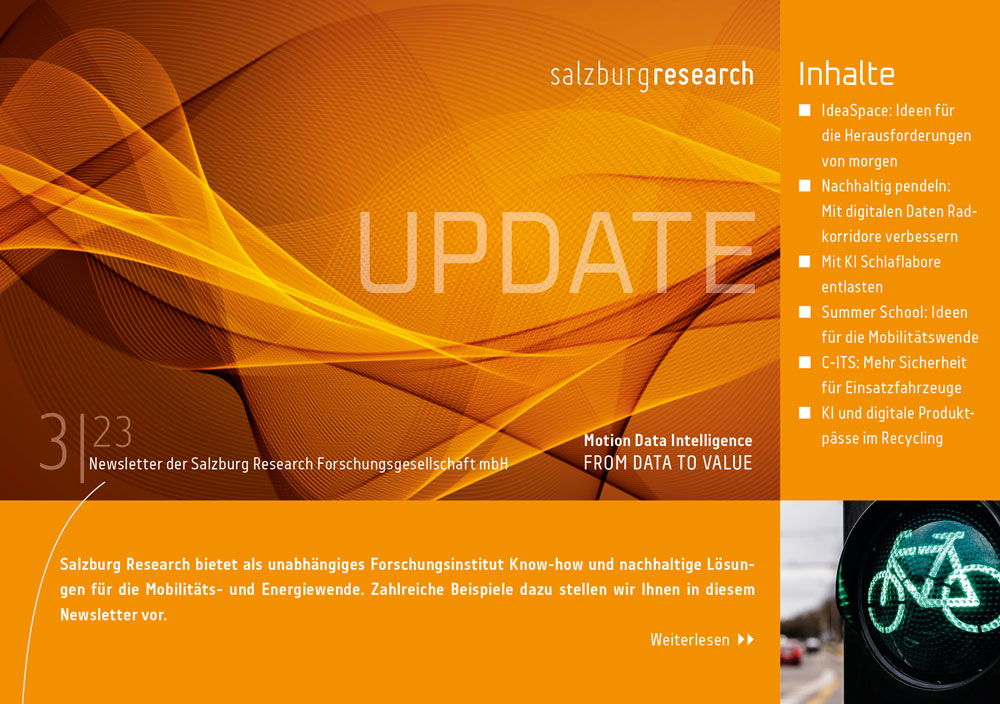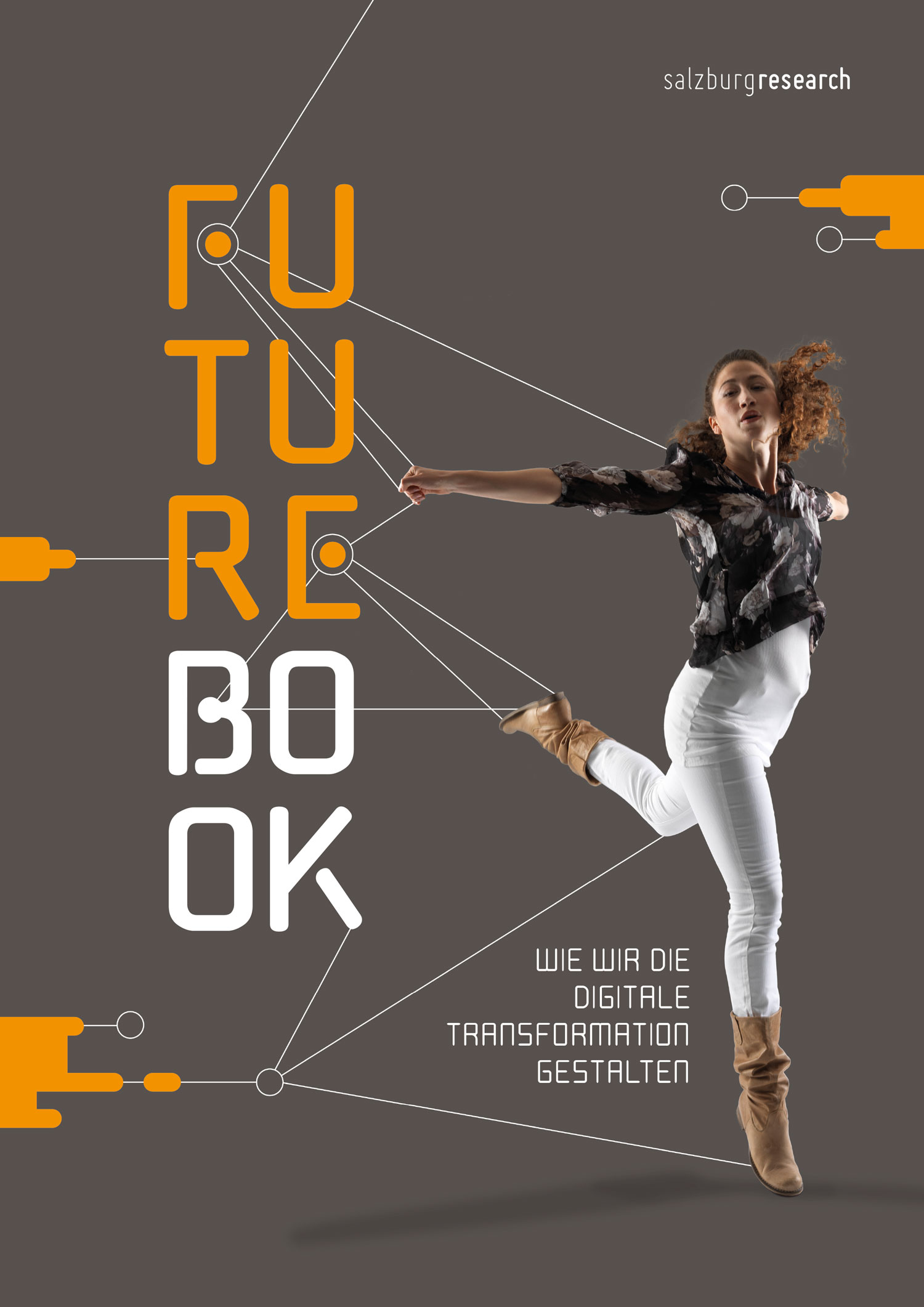People, machines, and organisations in the Web
In the past 12 months we have been following the discourse about Industry 4.0, Industrial Internet and Internet of Things – here are some of our preliminary conclusions and our positioning.
Salzburg Research – our expertise and Industrie 4.0 interests
We have a track record in semantic modelling and webbased applications of semantic models. We developed an ontology for mechatronic engineering, and a generic model for the storage and retrieval of content that is based on some ontological schema.
We have initiated two top-level Apache projects: Stanbol is a semantic enhancement service for textual content and Marmotta is a linked data server for semantic web applications.
We offer the following types of expertise:
- Application domain analysis and modelling
- Design of software prototypes
- Building larger scale software suites – preferably open source
Our group started in the area of semantic content modelling in the late 1990s and over the years, we have extended the application areas of our expertise. From 2006 to 2009 we were involved in modelling of mechatronic artefacts and engineering processes. With the reappearance of manufacturing themes in recent national and European research programmes, we decided to bring this work back to the top of our agenda. So for the past year, we have been following the discourse concerning “Industrie 4.0” in Germany and talk about the emergent “Industrial Internet” as envisaged by General Electric in the US.
We are looking for academic or industrial partners with an engineering background in automation, manufacturing, automotive or aerospace. Here is one idea we would like to turn into a successful proposal in Horizon 2020.
A project idea: Sensing Supply Management via C2B Signalling
One of our partner firms experiences a specific demand and supply problem which we suspect is fairly common for suppliers of machine components, e.g. in automation. They have built up a good reputation for being reliable, flexible and fast (production on demand), but this has led to customer orders coming in very late and always urgent. This has the effect that management have a secure planning horizon of only two weeks – everything beyond is guesswork. A quick situation analysis shows that there is a delay of at least one week between a buyer’s decision for some end product and an order for a required component arriving in the ERP system of our partner firm. The research question is “How do we achieve instant awareness in the value chain / value network, at the time of buyer commitment?“, At the same time, we need to ensure safety, privacy and trust amongst all stakeholders.
Industrie 4.0 – where it comes from and where it goes to
In Germany, Wolfgang Wahlster (DFKI) and Henning Kagermann (Akademie der technischen Wissenschaften) can be credited for masterminding the definition of a multi-million, national research and technology development programme known as “Industrie 4.0” (http://bit.ly/1fpVjtA).
The Industrie 4.0 message resonated well at the board level of large enterprises (Bosch, Siemens, SAP, Festo, Wittenstein and others). However, when we presented the ideas in mid 2013 even to colleagues in production related research they had just begun to hear about it and saw it mainly as a new buzzword for well-known automation topics. When we visited an automation fair in October 2013 (SMART, in Linz) the topic was already on people’s agenda at least to some degree.
The European re-industrialisation message arrives in industry
In the past months, we visited several larger industrial enterprises in Salzburg and asked CEOs or heads of R&D for their interest and the potential they see for involvement in Industrie 4.0 activities. Most of them acknowledged that the combination of Internet technologies with their products was an important issue, but at the same time, they felt the topic was not tangible enough yet to commit serious resources to it at this stage. The CEOs welcomed the new policy focus on European Industry, which they felt was long overdue.
So, what is Industrie 4.0 and what were the previous dot-zeros?
The proponents of Industrie 4.0 define the four stages of industrialisation as follows:
- Industry 1.0 was the use of steam and electricity to replace human or animal power
- Industry 2.0 was mass production as a means of exploiting economies of scale
- Industry 3.0 was the use of computers to control individual machines & processes
- Industry 4.0 is the ability to benefit from real-time connectivity via the internet.
So what we are witnessing is a convergence of WWW, social media, e-commerce, logistics and manufacturing.
The core ideas of Industrie 4.0
As pointed out more than 10 years ago by Shapiro and Varian (1999) in their “Intro for Managing in a Modular Age” (http://www.sims.berkeley.edu/~hal/Papers/modular.pdf), new waves of innovation often happen through combinations of previously unconnected technologies. The same mechanisms seem to be at work now, with manufacturing meeting the Web.
- Cyber-physical systems: industrial machines exist as real, physical machines and at the same time, they exist as representations in the Web. The possibilities of directly interacting with the machines via the web are increasing at exponential rates.
- Virtualisation: the physical world – particularly the business processes such as distribution and supply logistics –is increasingly digitised and thus, computable.
- Networked people, organisations and machines – people are online at all times, organisations are online at all times, and so are machines. This means that all can communicate with all, at all times. Like it or not: all can be tracked at all times, in principle.
- Internet of things: virtualisation is made powerful by the unique addressability of things. My car is uniquely identified, and so is its engine, its pistons, its left front tyre, etc. Discrete things have discrete identifiers.
Interesting research themes for Industrie 4.0
- How do we recognise that something is IND4.0? > a benchmarking question
- How can we ensure artefact memories that range from creation to end-of-use?
- How do we achieve instant awareness in the value chain / value network, at the time of buyer commitment?
- How do we achieve complete or at least suitable awareness throughout the value network and yet, user-definable privacy?
- How can we ensure acceptable levels of security and safety in production environments, when the technology stack is in principle, accessible via the web?
- What are novel usages and novel opportunities afforded by virtualisation?
Salzburg Research – what we want to work on in Industry 4.0
Knowledge representation and knowledge persistence for industrial artefacts
One of the tenets of Industry 4.0 is the idea of semantically rich representations of industrial artefacts. An artefact starts life as chunks of raw materials that have some origin, e.g. in an ore mine, then in a steel furnace, for e.g. a piece of steel that was sourced from some Indian steel factory. It was then turned into a gearbox by another firm in the UK. Finally, the gearbox – which itself has other components from different sources – was installed in a high-end milling machine in Germany. The milling machine was sold to a manufacturer in Japan. After some use, the gearbox breaks and the Japanese firm claims warranty from the German vendor. The warranty is granted because the breakage was due to premature material fatigue and the German firm now wants to improve its quality by sharing this information with its suppliers. How does the UK firm know which of its gearboxes caused the problem? How do they know which batch of raw steel was used to produce this particular gearbox?
Supporting the engineering and manufacturing process
We would like to carry on with work we did some years back, supporting a global collaborative engineering process. The field of mechatronics is still not well supported by engineering tools, because there is still a lack of “recombinant” engineering tools. Software and electronics are separate environments, electronics and hardware design are separate, and none of them seriously supports “functional modelling”, i.e. the representation of artefacts by their function in a target machine. For mechatronic artefacts, functional modelling becomes an even more complex issue, because software, electronic and mechanical functionality must come together in meaningful ways. Our vision here is customer-driven design: given a desired functionality and a price limit, which mechatronic artefacts can be combined to deliver that functionality?
Open Standards, Open Access, Open Source, Open Issues?
When engineering meets Web2.0, some issues arise: the Web world assumes things to be „free“, that is, you get basic web-services for free and have the option of upgrading if you have further, more professional requirements. By contrast, industry tends to think more in terms of concrete product prices, patents and licensing. The service model does exist, but is restricted to very complex products, e.g. “flight hours for Rolls-Royce jet engines”. When physical world and virtual world meet, all of these issues arise as firms search for viable business models. As far as research prototypes go, Salzburg Research favours „permissive open licenses“ such as the Apache license, in order to ensure easy collaboration with project partners during and beyond, project lifetimes.
Some thoughts beyond Industrie 4.0
Industrie 4.0 can be viewed as a very heavy further push towards automation in order to decrease the influence of the cost factor “human labour”. Combine this new level of automation with a similar increase in automatic warehousing. Imagine that in ten years, no humans will be sitting at the checkout of your supermarket anymore. It is likely that prices for industrial goods will continue to fall, prices for industrially produced food will also fall, and prices for accommodation, utilities, health products and services, and for “biologically/ethically acceptable food” will rise. General employment will continue to decrease. This will be measurable as rising costs of living for a rising proportion of the population who will be in precarious employment situations. With youth unemployment in some European countries going beyond 50%, it seems strange when proponents of Industrie 4.0 talk about assistive systems to support elderly employees in jobs where body strength is needed. We will need socio-economic models and innovations to turn the technological trends into benefits for European Society.

